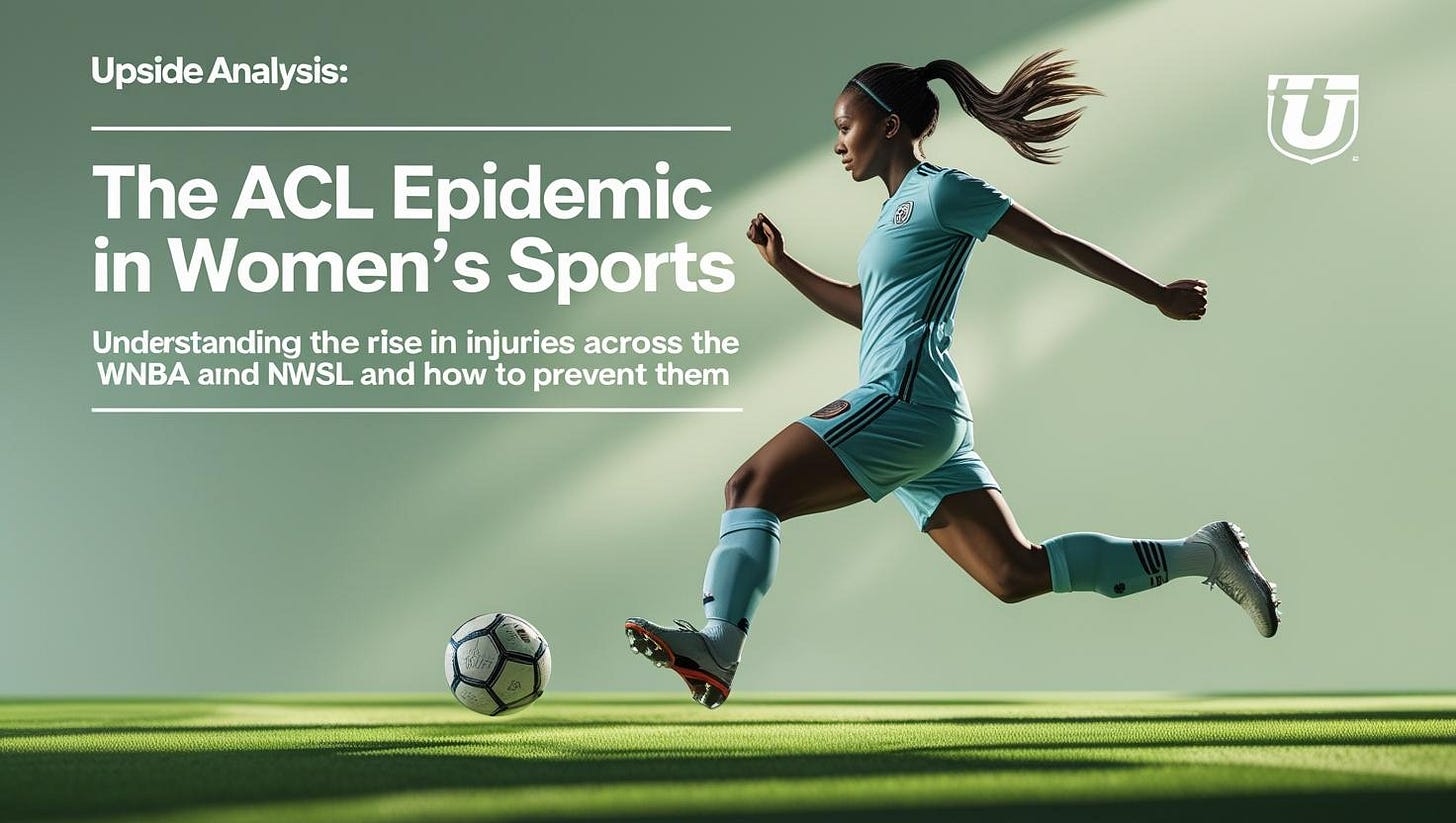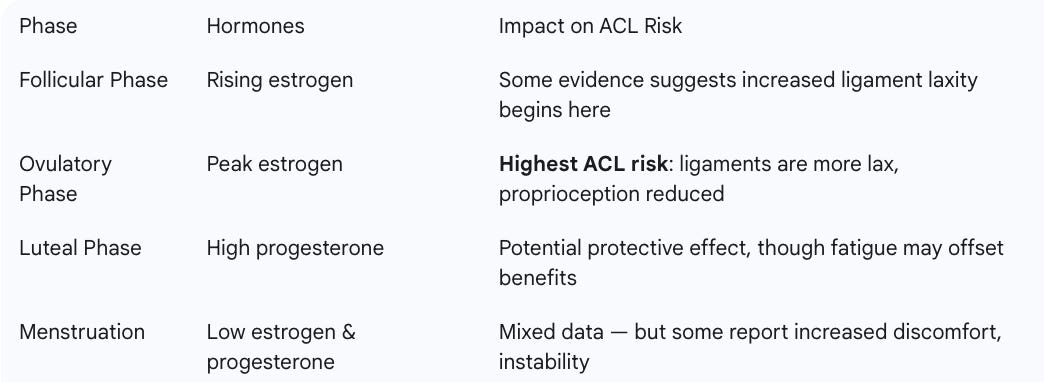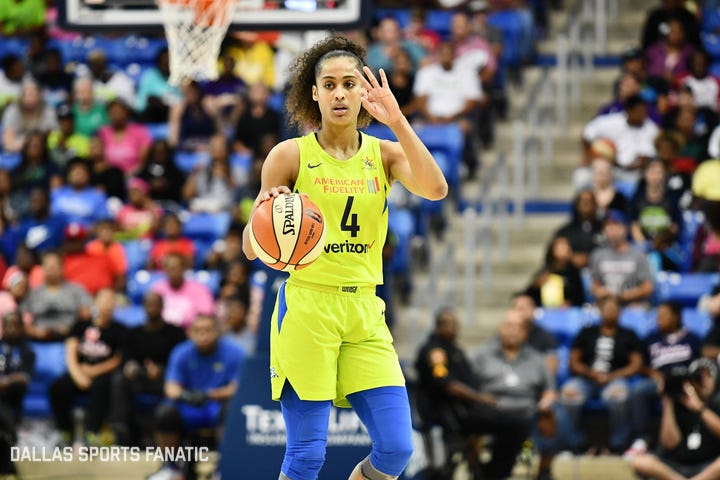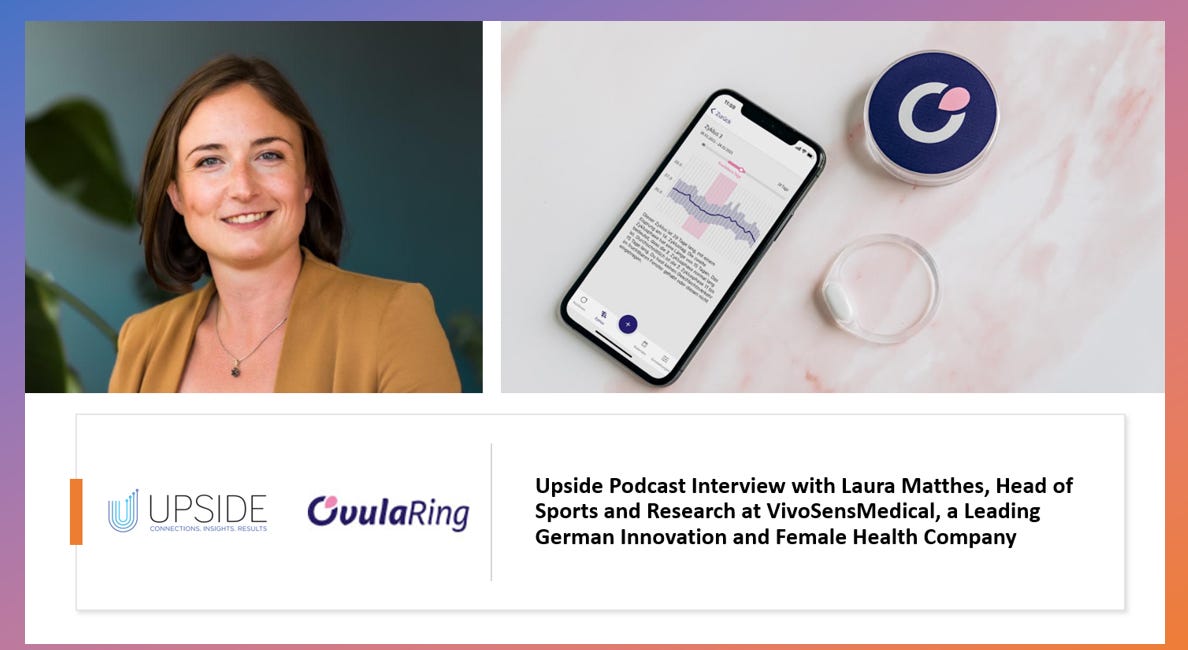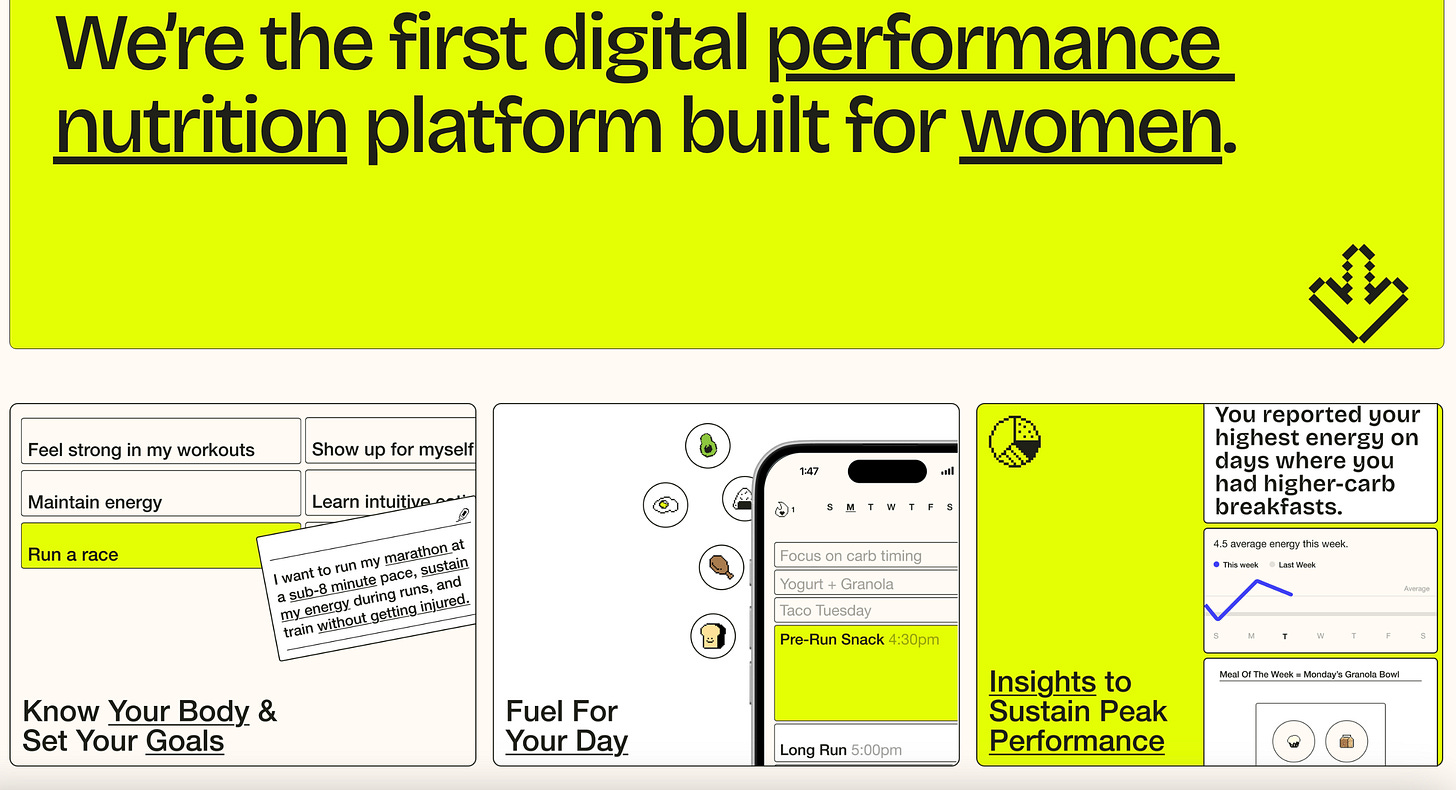📚 Upside Analysis: The ACL Epidemic in Women’s Sports: Understanding the Rise in Injuries Across the WNBA and NWSL and How to Prevent Them
Anterior cruciate ligament (ACL) injuries remain a critical issue in elite women’s sports—particularly in the WNBA and NWSL. These injuries not only sideline athletes for 9–12+ months, but they also carry performance, psychological, and career longevity consequences. This report explores injury prevalence, evidence, case studies, prevention strategies, and actionable recommendations.
State of ACL Injuries in Women’s Sports (WNBA & NWSL)
Female athletes face ACL injury rates 3 to 4 times higher than males in sports involving cutting and pivoting motions (Source here). In the WNBA, ACL tears are the most common knee injury and lead to the longest return-to-play times (Source here). Similarly, the NWSL continues to see frequent ACL injuries among elite players, compounded by dense competition schedules and inconsistent medical support (Source here)
Key Statistics
Retrospective review of WNBA players (1997–2018): 69.5 % returned to play; first-season post-injury declines included ~12 fewer games, ~5 fewer minutes per game, ~3.7 fewer points per game; all metrics returned to baseline by year three. Information from a cohort study published in Orthopaedic Journal of Sports Medicine (Source here).
Epidemiological analysis (1998–2019): Found that 37 % of total knee injuries were ACL tears. Among those analyzed via video, planting and valgus landing were the primary mechanisms of injury among guards. Details available in this epidemiological and video analysis study here.
Systematic review comparing WNBA vs NBA ACL-reconstruction outcomes: Performance (measured by PER) typically dips ~15 % in the first post-operative season, with gradual recovery in subsequent years. Refer to the systematic review summarizing knee injury outcomes (Source here)
Key Studies
Nakagawa et al. (1998–2008 WNBA cohort): Return to play rate was 78% among 18 athletes; performance declines observed in the first two seasons post-injury.
Source: Namdari et al., Athletic performance after ACL reconstruction in the Women's National Basketball Association (1998–2008) (Source here).Henry Ford research (1997–2018 data): In 59 WNBA athletes, first-year returns revealed notable decreases in minutes and scoring, with recovery taking at least two years. Source: Tramer et al., Return to Play and Performance in the Women’s National Basketball Association Following ACL Reconstruction (1997–2018) (Source here)
Video analysis of mechanisms in female basketball: 44% of ACL injuries occurred during non-contact actions—primarily valgus landings and rapid decelerations in early minutes of play—highlighting prevention opportunities.
Source: ResearchGate study on ACL mechanisms in WNBA players (Source here)
Why Female Athletes Are More Prone to ACL Injuries During Their Periods
One of the most researched and biologically unique risk factors for ACL injuries in female athletes is the fluctuation of sex hormones during the menstrual cycle, particularly estrogen and relaxin. These hormonal changes can influence ligament laxity, neuromuscular control, and joint stability — all of which are crucial in injury prevention.
🔄 Menstrual Cycle Phases & Hormonal Influence
🧪 Why It Matters: Key Mechanisms
Increased Ligament Laxity
Elevated estrogen and relaxin can soften connective tissues, making the ACL and surrounding structures more prone to overstretching or tearing during cutting and pivoting motions.
One study found female athletes had more knee joint laxity during the ovulatory phase, when estrogen peaks.
Impaired Neuromuscular Control
Hormonal shifts can affect proprioception (body’s spatial awareness) and motor coordination, especially during complex or reactive movements.
Delayed muscle firing patterns, especially in the hamstrings, reduce knee joint protection.
Altered Muscle Firing Sequences
Research shows that hormonal fluctuations can impact timing and coordination of stabilizing muscles, such as glutes and hamstrings, which protect the ACL from shear forces.
Increased Fatigue and Perceived Instability
During menstruation, athletes may experience increased fatigue, cramping, or discomfort, all of which can affect movement quality and attention, potentially elevating injury risk indirectly.
📚 Key Research Findings
The 2021 systematic review and meta-analysis titled “Effects of the menstrual cycle on lower‑limb biomechanics, neuromuscular control, and anterior cruciate ligament injury risk” provides strong evidence that female athletes are at greatest risk of ACL injury during the pre‑ovulatory (ovulation) phase, due to increased ligament laxity, greater knee valgus, and altered neuromuscular control (Source here).
Another study found that ACL injuries in female athletes peak around days 10–14 of the cycle, aligning with estrogen spikes (Frontiers in Physiology).
A UK/US sports medicine collaboration reported that individual menstrual tracking, combined with load adjustments, reduced soft tissue injuries by 20–30% in women’s soccer (reuters.com).
🩺 Practical Applications for Teams
Integrate menstrual tracking into sports science and medical workflows.
Adjust training loads during ovulation: reduce intense cutting/jumping drills.
Schedule screenings (like hop tests, fatigue monitoring) during high-risk phases.
Provide individualized performance plans for athletes experiencing cycle-related symptoms like fatigue, joint instability, or cramping.
The menstrual cycle is a critical but often overlooked factor in ACL injury risk for female athletes. By tracking hormonal phases and tailoring training, rehabilitation, and return-to-play protocols, teams can proactively reduce the risk of ACL injuries and empower female athletes with data-informed care.
ACL injuries continue to disproportionately affect elite female athletes in the WNBA and NWSL. Despite return-to-play rates nearing 70–80 %, many athletes face significant first-year performance lapses, career shortening, or repeat injuries. Real-life case studies—from Diggins to Laney, Weber, Cook, and Endo—underscore the real human cost of ACL tears. Evidence-based prevention—including neuromuscular training, biomechanical screenings, menstrual-aware load management, and equitable medical investment—is essential. Stakeholders must prioritize tailored science, resources, and institutional commitment to reduce future injury rates and support athletes’ long-term career health.
Case Studies
WNBA Case Studies
Skylar Diggins (Tulsa Shock / Dallas Wings)
Diggins tore her ACL in June 2015 during a game against the Seattle Storm, ruling her out for the rest of the season (Source here). After nearly a year of rehab, she returned in May 2016 and posted modest numbers (~13.1 ppg), gradually regaining peak form by 2017 with 18.5 ppg and All-Star honors.
NWSL Case Studies
Alana Cook (Kansas City Current / USWNT)
On May 16, 2025, Cook suffered a torn ACL, MCL, and meniscus in a match against Orlando Pride and was placed on the season-ending injury list the next day (Source here). This injury sidelined her at the peak of her club and national team performance, illustrating the impact of ACL trauma in elite women's soccer.
Ava Cook (Chicago Stars)
Chicago Stars announced that forward Ava Cook tore her ACL during an April 2024 training session, placing her on the season-ended injury list. She was officially cleared to return to play in April 2025, reinforcing typical rehabilitation timelines in professional women’s soccer (Source here).
Key Vendors Addressing ACL Injury Prevention
Picture: Upside Global, Confidential, August 2025
🔍 Vendor/Program Summaries
Orreco (FitrWoman & FitrCoach):
Site here and here
Orreco's FitrWoman app enables athletes to track their menstrual cycles and log symptoms, while FitrCoach provides coaches with cycle-aware training insights to reduce injury risk and optimize performance. These tools are now used by teams in the WNBA, USWNT, and Chelsea FC Women. The platform supports individualized load adjustments during high-risk hormonal phases.
Here is the interview we conducted with Dr Brian Moore, the CEO of Orreco:
🔥 Upside Chat: Dr Brian Moore, CEO, Orreco (Leading Sports & Data Science Platform)
This week, we had the honor to Dr Brian Moore, the CEO of Orreco, a leading Sports & Data Science Platform, which is blending Data Science and Sports Science to generate customized indicators of injury risk, optimal training load and recovery strategies.
VivoSense Medical (OvulaRing):
Site here
VivoSense’s OvulaRing is a medical-grade vaginal biosensor that measures core body temperature continuously to precisely determine menstrual cycle phases. Its high-frequency data capture and AI-powered analysis allow for tailored training interventions, especially during ovulation or luteal phases when ACL risk may be heightened. The technology is gaining traction in female-specific performance research and elite sport labs.
Here is the interview that we conducted with Laura Matthes the head of sports and research at VivoSensMedical.
Find My Cadence
Site here
Find My Cadence introduces Cadence, positioned as the first digital performance nutrition platform designed specifically for women. The platform addresses the persistent issue of under-nourishment among active women—highlighting how nutritional shortfalls can compromise both athletic performance and long-term health. Cadence empowers female athletes by helping them understand what to eat, when to eat, and why, guided by a foundational team of female-focused registered dietitians and elite athlete advisors. The site emphasizes the importance of this tailored approach and invites interested individuals to join the waitlist to be part of a growing movement aimed at fueling women for peak performance.
FIFA (FIFA 11+, PEP, KCP):
FIFA’s ACL prevention programs—like the PEP (Prevent injury and Enhance Performance) and FIFA 11+—have demonstrated up to 90% reductions in ACL injury incidence. These warm-up routines are scientifically validated to improve strength, proprioception, and neuromuscular control. Some federations are now piloting female-specific adaptations of these protocols.
University Women’s Sports Medicine Programs:
Many academic sports medicine centers are now deploying biomechanical screenings, hormonal profiling, and targeted strength plans to address ACL risks in female athletes. These programs often collaborate with biomechanics labs and OB/GYN specialists. They also serve as research hubs to explore estrogen-related ligament laxity and recovery.
Podium Analytics / Data Platforms:
Site here
Platforms like Podium integrate multiple data streams—workload, fatigue, and menstrual symptoms—to identify injury risk in real-time. These systems can alert practitioners when hormonal and mechanical stressors converge. Podium is increasingly adopted in secondary schools, universities, and elite women’s clubs.
Female-specific Footwear Brands:
Ida site here
New Balance site here
Emerging footwear brands and cleat developers are designing traction patterns, heel-to-toe drops, and ankle support systems tailored for female biomechanics. These innovations aim to reduce rotational torque and improve landing stability. Collaborations with WNBA and soccer players have informed prototyping.
Future Strategies to Prevent ACL Injuries in Women’s Teams
Mandatory neuromuscular warm-up programs at least 2–3× weekly (e.g., FIFA 11+, KCP).
Regular biomechanical assessments, including dynamic landing and deceleration analysis.
Menstrual cycle tracking to time high-risk phases and adjust training loads accordingly.
Strengthening posterior chain and hamstrings to balance knee mechanics.
Female-specific gear and pitch standards, ensuring footwear and field surfaces support injury prevention.
Investment into women’s sports medicine, including equal access to rehab resources, psychological support, and sports science staff.
Recommendations to Teams
Embed ACL prevention protocols into routine training structures.
Perform baseline and follow-up screening on each athlete.
Educate staff on sex-specific risk factors—especially hormonal and biomechanical.
Practice smart scheduling and rotation to reduce fatigue-related injury.
Secure medical coverage and rehab support equitable to men’s teams, especially in leagues with limited funding.
Use real-time tracking tools (fatigue, wellness, cycle phases) to preempt injury risk.
You may also like:

